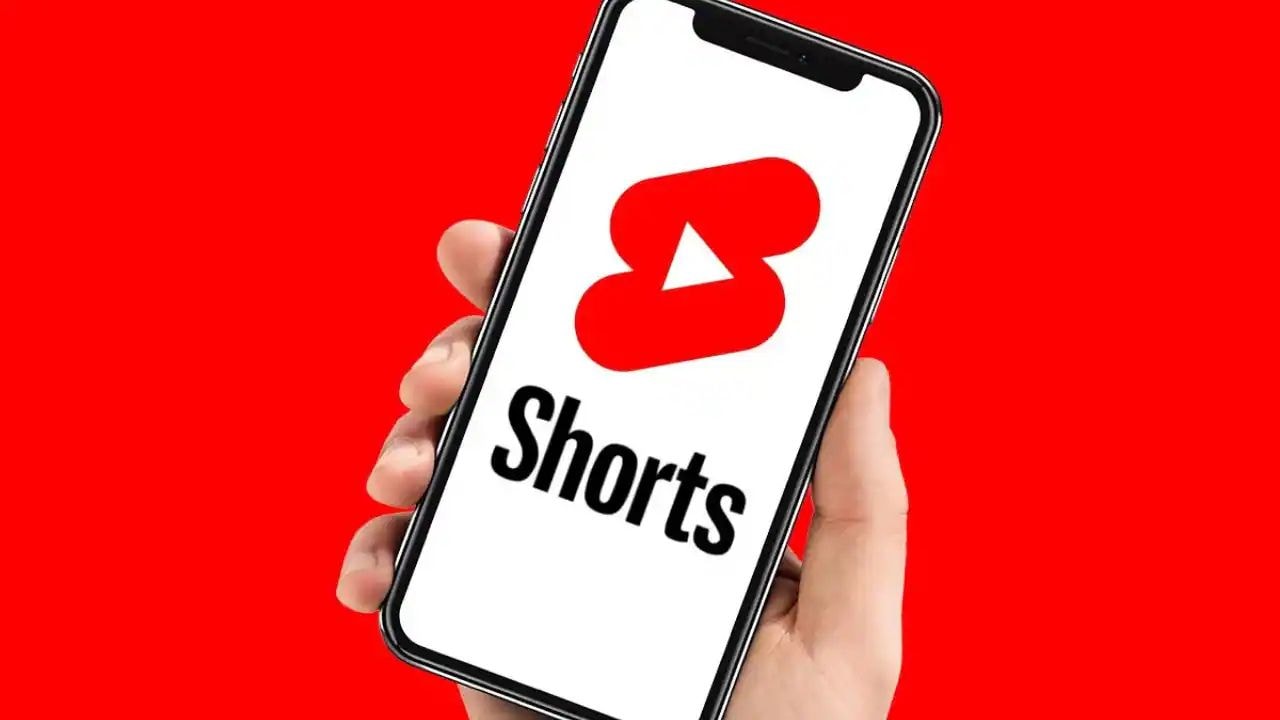YouTube is ramping up its efforts to promote its short-form video feature, Shorts, through aggressive advertising across various platforms, including print, with a clear focus on capturing the attention of marketers and brand managers. The push comes amid growing competition from domestic short-form video (SFV) platforms, which has dampened advertiser enthusiasm for Shorts in key markets. While globally Shorts continues to battle for prominence, in India — following the ban of TikTok — the platform faces its most formidable rival in Meta’s Instagram Reels, which has swiftly risen to dominate the short-video space.
Meanwhile, the homegrown SFV platforms generated $90-100 million in advertising revenue in FY24, cornering 1-1.5% of the overall spending on digital advertisements in the country, according to a report by Redseer Strategy Consultants.
SFV platforms have crossed $200 million in revenue, with headroom for growth via monetisation including influencer marketing and virtual tipping, as per the report. The SFV market engages close to 250 million monthly users, and since the ban on TikTok in mid-2020, Indian players have seen their daily active user tally more than triple. Over 63% of this engagement is driven by tier-II and tier-III regions.
A senior media planner, speaking on the condition of anonymity, recently told Storyboard18 that YouTube Shorts’ latest advertisements are aimed squarely at marketers and advertisers. By highlighting a series of case studies featuring various brands, the platform seeks to establish credibility and gain the confidence and validation of advertisers. “YouTube Shorts was the last to enter the social-first video space, and as a result, many advertisers remain skeptical about its ability to effectively target the right audience,” the planner explained.
The executive at the media investments firm remarked, “Today, homegrown SFV platforms provide competitive pricing and tailored packages that allow advertisers to reach their target audiences more effectively. Additionally, the localized content offered by these platforms attracts the right viewers, making them a preferred choice for advertisers.”
According to a November 2023 report titled Demystifying India’s SFV Platforms, by Redseer Strategy and Consultants, homegrown Indian short-form video platforms like Moj, Chingari, MX Takatak, Josh, Sharechat, command a combined user base of over 250 million.
The report highlights that these platforms hold a special appeal to users in Tier-2+ cities, where approximately 70% of all online transactions occur. After TikTok’s ban in 2020, Indian SFV platforms rapidly gained traction. Currently, 65-70% of their users are from Tier-2+ cities.
The report stated, “With original, relevant and non-inflammatory contents for users, India SFV platforms are rated high on net positive customer sentiment; average NPS of India SFV platform is ~55% and for market leader, Josh, is ~62%.”
Another industry leader from a media buying agency noted many major advertisers expressing concern about their brand placement on Shorts. “Large amount of sensitive content is floating around YouTube Shorts that makes marketers conscious before placing their brands on such platforms,” the executive said, adding, “Placement of brands around content which spreads religious hatred, homophobia, sexist content and politically charged rhetoric, generates a lot of negativity.”
Globally, YouTube’s ad revenue is smaller than what Meta generates from Reels on Facebook and Instagram, it’s neck and neck with TikTok, and far outpaces streaming platforms, according industry experts and reports. YouTube’s Q2 ad revenues of $8.7 billion didn’t hit investors’ projections, but they’re still up 13% compared to last year.
A top analyst from a global research firm said, “One of the biggest risks to YouTube’s ad revenue is Instagram Reels and TikTok. YouTube’s emphasis on Shorts suggests the platform is keenly aware that it is vulnerable to social video competitors. Google executives have not released any substantial data on how Shorts is performing.”
